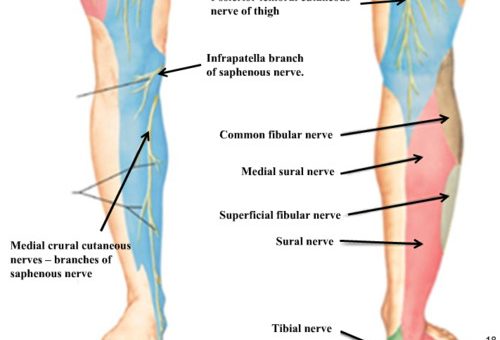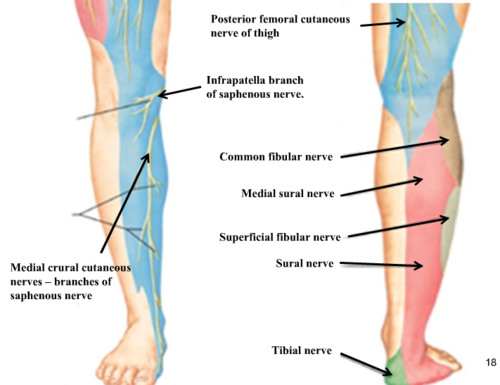NERVE CONDUCTION STUDIES NOW SPECIFIC ON THE DIAGNOSIS OF CHEMOTHERAPY INDUCED PERIPHERAL NEUROPATHY
NERVE CONDUCTION STUDIES NOW SPECIFIC ON THE DIAGNOSIS OF CHEMOTHERAPY INDUCED PERIPHERAL NEUROPATHY
NERVE CONDUCTION STUDIES NOW SPECIFIC ON THE DIAGNOSIS OF CHEMOTHERAPY INDUCED PERIPHERAL NEUROPATHY

It is a well known fact that both chemotherapy and radiation for cancer patients causes peripheral neuropathy. However, a new study shows that recording from the dorsal sural nerve (DSN) may be a good method for early detection of oxaliplatin-induced peripheral neuropathy (OXAPN), a drug used widely in cancer treatment.
The researchers found it may be a better predictor than traditional sural nerve recording and should be easy to implement in clinical practice.
Paola Alberti, MD, from the Department of Surgery and Translational Medicine at the University of Milano-Bicocca in Monza, Italy, reported results at the 24th Meeting of the European Neurological Society.
Dr. Alberti explained that while oxaliplatin is a cornerstone drug in the treatment of colorectal cancer, neurotoxicity is the dose-limiting effect of the drug, causing both acute but transient cold-induced paresthesia after infusions as well as potential chronic axonal sensory neuropathy, manifesting as sensory ataxia and neuropathic pain.
So an unmet need is being able to make prognoses for individual patients in terms of neurotoxicity. Researchers therefore performed a multicenter prospective study to test conduction recordings of the DSN as an early predictor of the neurologic outcome at the end of chemotherapy.
Study participants (n = 116) were adult patients with colorectal cancer who were to receive adjuvant or first-line oxaliplatin-based chemotherapy. OXAPN was evaluated with the Total Neuropathy Score-clinical version (TNSc).
Previous studies had shown that DSN recording could detect even subclinical neuropathy earlier than sural nerve conduction studies could in diabetes, impaired glucose tolerance, and vitamin B12 deficiency. The technical advantages of DSN recording are that it is easy to perform (measuring on the lateral aspect of the dorsum of the foot), is noninvasive, and can elicit readings even in elderly patients.
When nerve conduction results at mid-treatment were compared with clinical findings at the end of treatment, DSN had better sensitivity and positive predictive value and at least as good specificity and negative predictive value as did sural nerve testing.

